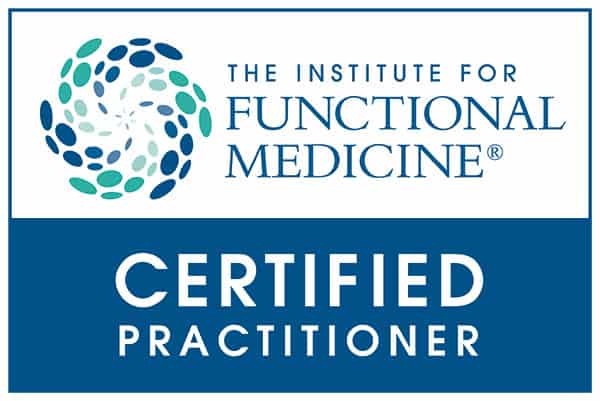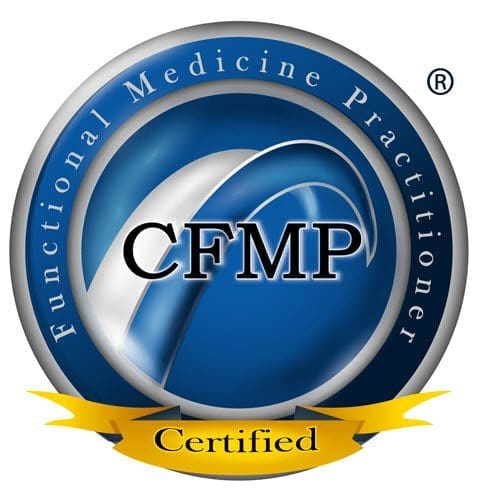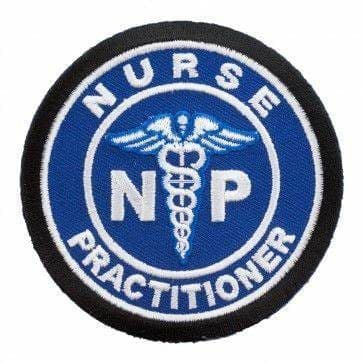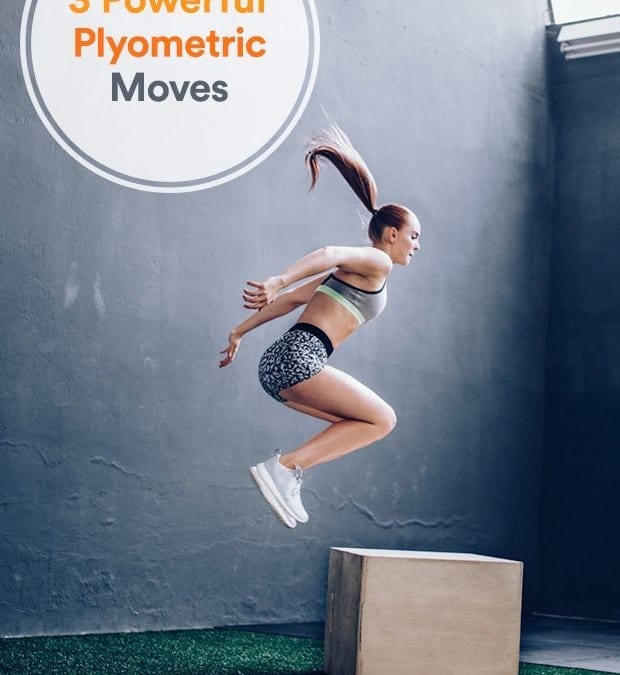
by Dr Alex Jimenez DC, APRN, FNP-BC, CFMP, IFMCP | Fitness, Health, Wellness
Walk into any�HIIT�class or CrossFit box and chances are you�ll be asked to do a variation of a plyometric jump. Box jumps, frog leaps and tuck jumps help you improve your�VO2 max�(speed), flexibility and�range of motion. But that�s not all. Their explosive power works your entire body, while getting your heart rate up.
Kat Ellis, head trainer and instructor at�Uplift Studios�in New York City, says, �Plyometrics are a mix of stability and strength, and create a strong foundation for doing explosive�weightlifting�moves like the�clean and jerk�and�snatch.�
But if you�re not nailing down the form of these moves properly, you can risk injuring yourself and cause strain on your joints. That�s where tempo training comes in. Modulating movement based around a tempo allows the body to activate fast twitch muscle fibers and to learn to distinguish the difference between speed and power, Ellis explains. �The body finds a moment of explosive activation. For example if you�re doing a�push-up, concentrate on lowering the chest down for three seconds and pushing back up to a plank in one. The tempo, is 3-2-1, push.�
RELATED:�3 Fat-Blasting HIIT Workouts to Try Now
Plyometrics help develop�core strength�and joint stability, too. �Tempo training forces you to slow things down. You�re regressing the exercise to make sure your whole body is truly engaged,� Ellis explains.
According to the�National Academy of Sports Medicine, plyometrics are broken down into three phases: the eccentric phase, the amortization phase and the concentric phase. Take the box jump, for instance. The eccentric phase is when you�re in a half-squat position with your knees bent. When you drive from your heels to jump, that�s the amortization phase. The concentric phase is when you finally land on the box and release the energy and tension in your muscles. With that said, take Ellis�s lead, as she breaks down these three popular jumps.
RELATED:�3 Plyometric Moves That Turn up the Burn
Bust a Move: 3 Plyometrics Exercises, Broken Down
1. Frog Leaps


Progression 1
How to:�Stand with your feet a little wider than hip-distance apart with your toes slightly turned out to the sides. Raise your arms at your sides with your hands overhead and palms facing forward (a). Sit into a deep sumo squat with your butt back and down so your weight is evenly distributed from your arches to your heels (b). Press up from the squat and lift your right leg up to hip height, bending your right knee (c). At the same time, engage your right oblique muscles so you bring your right thigh towards your right elbow (d). Return to the starting position and repeat on the left side. Alternate for five reps on each side.
Progression 2
How to:�Sit back into a deep sump squat position with your hands overhead together and palms facing forward (a). Driving from your heels, jump up, bending your knees so your thighs touch or brush up against your thighs (b). Land softly into a sumo squat before jumping again (c). Do five to eight reps.
RELATED:�The Ultimate 20-Minute MetCon Workout
2. Tuck Jumps


Progression 1
How to:�Stand with your feet hip-distance apart with your toes facing forward (a). Sit into a squat with your arms at your sides raised to shoulder height, palms facing each other (b). As you stand up from the squat, lift your right leg to hip height with your right knee bent (c). At the same time, place one palm on top of the other to meet your right knee. Repeat on the left side (d). Alternate for five reps on each side.
Progression 2
How to:�Start in a squat position with your arms at shoulder height and palms facing each other (a). Jump up as high as you can, driving your knees towards your chest, almost touching the palms of your hands (b). Re-extend your legs to land softly on the ground (c). Do five to eight reps.
RELATED:�5 Plyo Box Exercises to Rev Your Fitness
3. Box Jumps


RELATED:�12 No-Bake Energy Bites Recipes
Progression 1
How to:�Stand behind a box or step with your feet shoulder-width apart and a slight bend in your knees (a). Step one foot at a time onto the box, keeping the slight bend in your knees, and then step back down one foot at a time (b). Do five reps.
Progression 2
How to:�Stand behind a box with your feet shoulder-width apart and a slight bend in your knees (a). Jump onto the box with both feet, landing with your knees slightly bent (b). Jump back down and repeat for five to eight reps. Note: If you�re doing this move in a CrossFit WOD, standard technique is to straighten your legs at the top of the box, standing tall, before hopping or stepping back down.
GIFs: Tiffany Ayuda / Life by Daily Burn
This article originally appeared on DailyBurn.com.
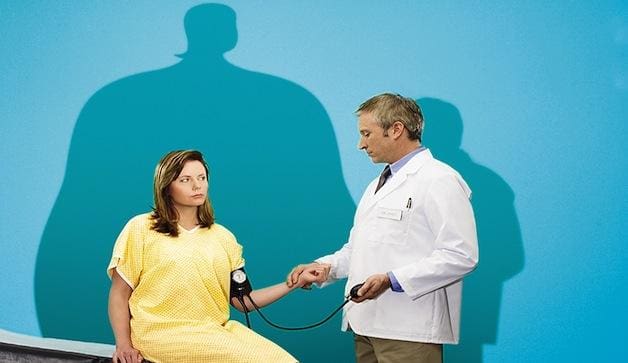
by Dr Alex Jimenez DC, APRN, FNP-BC, CFMP, IFMCP | Arthropathies, Health News El Paso
(HealthDay News) — Blood tests to diagnose and monitor rheumatoid arthritis may be thrown off by obesity in women, a new study suggests.
“Physicians might assume that high levels of inflammation mean that a patient has rheumatoid arthritis or that their rheumatoid arthritis requires more treatment, when in fact a mild increase in levels of inflammation could be due to obesity instead,” explained study author Dr. Michael George, who’s with the University of Pennsylvania Health System in Philadelphia.
Blood tests for C-reactive protein (CRP) and erythrocyte sedimentation rate (ESR) can help physicians check the severity of inflammation in rheumatoid arthritis patients, the researchers said.
Previous studies have suggested that obese women may normally have higher CRP and ESR levels. So, the authors of this study decided to take a closer look at the issue.
The study included information from more than 2,100 people with rheumatoid arthritis. The researchers then compared that information to data from the general population.
A higher body mass index (BMI — an estimate of body fat based on weight and height) was associated with greater CRP in women with rheumatoid arthritis and women in the general population, especially in severely obese women. There was also a modest association between obesity and ESR.
Conversely, in men with rheumatoid arthritis, a lower BMI was associated with greater CRP and ESR.
The findings may help improve understanding of the link between weight and inflammation. It may also help doctors learn more about how this relationship differs between women and men, the study authors added.
The findings were published April 10 in the journal Arthritis Care & Research.
“Our results suggest that obesity may lead to increased levels of CRP and ESR in women with rheumatoid arthritis,” George said in a journal news release.
“The increase in these levels of inflammation was not because rheumatoid arthritis was worse in these women,” he said.
“In fact, we found that obesity leads to very similar increases in these lab tests even in women without rheumatoid arthritis,” he added.
Doctors should be careful when interpreting the results of these lab tests since both rheumatoid arthritis and obesity can contribute to inflammation levels, George said.
News stories are written and provided by HealthDay and do not reflect federal policy, the views of MedlinePlus, the National Library of Medicine, the National Institutes of Health, or the U.S. Department of Health and Human Services.

by Dr Alex Jimenez DC, APRN, FNP-BC, CFMP, IFMCP | Children, Chiropractic News
The Journal of Clinical Chiropractic Pediatrics (JCCP) is the official peer-reviewed journal of the ICA Council on Chiropractic Pediatrics. It is committed to publishing research, scientific and professional papers, literature reviews, case reports and clinical commentaries for chiropractors and other health care professionals interested in the treatment of the pregnant, postpartum and pediatric patient. Through the publication of these papers and the dissemination of this information, the JCCP seeks to encourage professional dialogue and awareness about chiropractic pediatric care to help enhance patient care and improve patient outcomes.
Editors: Sharon A. Vallone, DC., DICCP., Cheryl Hawk, DC, PhD.
We are hopeful that this venue will provide field clinicians interested in maternal health and pediatric chiropractic with current research, case reports and clinical commentary that they will find both useful and informative. �We invite you to submit your own research or scientific writing for consideration for publication in this journal.
Download PDF
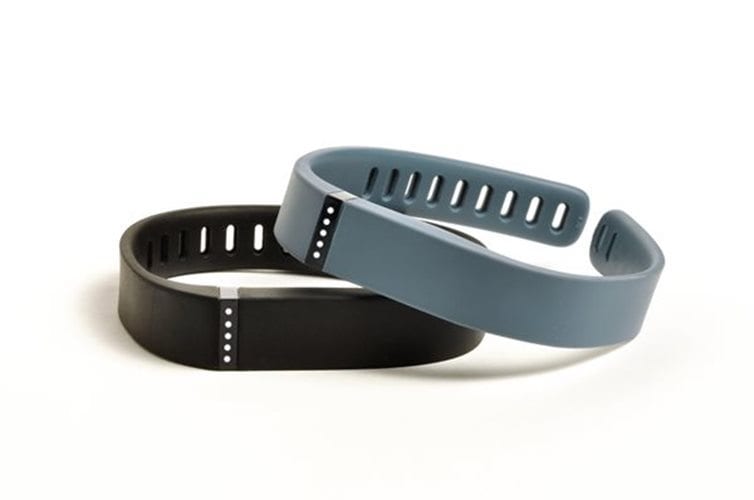
by Dr Alex Jimenez DC, APRN, FNP-BC, CFMP, IFMCP | Diets, Fitness
Some people who rely on fitness trackers to see how hard they work out may want to rethink this approach, according to a small study that suggests the increasingly popular devices may get more accurate heart rate readings when users are at rest than during exercise.
The study tested four popular wristbands, each of which has a light-emitting diode (LED) that measures heart rate from tiny changes in skin blood volumes by using light reflected from the skin.
Participants in the study – 40 healthy adults – wore two trackers on each wrist and compared resting and exercise heart rate readings on the devices to the gold standard used by doctors: an electrocardiogram (ECG or EKG) test.
At rest, the Fitbit Surge got heart rate measurements that most closely matched the ECG results, and the Basis Peak was furthest off. In tests that also included the Fitbit Charge and Mio Fuse, none of the trackers got exercise heart rate readings that came close to the ECG.
These results suggest that while the trackers may help monitor daily activity, it’s not clear the heart rate readouts would be accurate enough to help patients with certain health problems make medical decisions, the authors note in Annals of Internal Medicine.
“At any moment, the tracker could be off by a fair bit, but at most moments, it won’t be,” said lead study author Lisa Cadmus-Bertram of the University of Wisconsin in Madison.
“This is why our paper doesn’t suggest that the commercial trackers we tested would be sufficient for medical applications where high precision is needed during exercise,” Cadmus-Bertram said by email. “Yet for the typical recreational user, they may still provide feedback that’s useful and motivational.”
To assess the accuracy of the trackers, researchers examined heart rate data for participants who were 49 years old on average and slightly overweight.
First, they looked at the amount of agreement between the readings from the trackers and the ECG tests.
When participants were seated, researchers took readings for the trackers and the ECG tests at one-minute intervals for 10 minutes.
The narrowest range of differences between the trackers and the ECG, indicating the most accuracy, was for the Fitbit Surge. The range for this tracker ranged from an underestimation of 5.1 beats per minute to an overestimation of 4.5 beats per minute.
The widest range of difference at rest was for the Basis Peak, which ranged from an underestimation of 17.1 beats per minute to an overestimation of 22.6 beats per minute.
When participants exercised on a treadmill, the ranges were even wider. The Mio Fuse ranged from an underestimation of 22.5 beats per minute to an overestimation of 26 beats per minute, for example, while the Fitbit Charge range from an underestimation of 41 beats per minute to an overestimation of 36 beats per minute.
The study is small, and researchers found only limited repeatability with results for the same participant under the same conditions.
Still, the findings are an important first step in understanding the clinical validity of wrist trackers many patients already use, said Dr. Daniel Cantillon, a researcher at the Cleveland Clinic in Ohio who wasn’t involved in the study.
“We need data testing these devices among patients with specific disease states, such as heart failure, atrial fibrillation and other chronic medical problems, where it is possible that additional variation will occur with physical activity,” Cantillon said by email.
In particular, patients with the most common heart rhythm disorder, atrial fibrillation, shouldn’t rely on the trackers to detect abnormal rhythms, said Dr. Sumeet Chugh, a researcher at Cedars-Sinai Heart Institute in Los Angeles who wasn’t involved in the study.
“There is a lot at stake here,” Chugh said by email. “When it comes to the use of wrist-worn trackers, we need to be confident of accuracy comparable to treadmill testing if we are going to use the information for patient care.”
A spokesperson for Fitbit told Reuters Health that Fitbit trackers “are not intended to be medical devices” but instead “to give a more informed picture” of overall health. “Extensive internal studies . . . show that Fitbit’s PurePulse technology performs to industry standard expectations for optical heart rate on the wrist,” the spokesperson said.
Mark Gorelick, Chief Science Officer at Mio Global, said in a statement that the company’s technology “helps consumers understand the intensity of their exercise, based on their personal profile and heart rate data, and empowers them to proactively manage their health and reduce risk of lifestyle-related diseases.”

by Dr Alex Jimenez DC, APRN, FNP-BC, CFMP, IFMCP | 915 Crossfit WOD Rss, Crossfit (Local)
We started off this week with a BANG! Today is no different. There is no strength work, which means that you should expect a metcon that is a little on the longer side. Have Fun!
-Jon Jon
Metcon:
A) 2 Rounds:
500m Run
15 Clean and Jerks
(RX: 135/95)(Sc: 115/75)
B) 2 Rounds:
500m Row
50 Air Squats
C) 2 Rounds:
1000m BIke
25 KB Swings
(RX: 55/35)(SC: 44/25)
Supplemental Work:
1) Bent Over Rows- 3�10
2) Lat Pull-downs- 3�10
3) DB Bench Press- 3�10
4) Seated DB Shoulder Press- 3�10
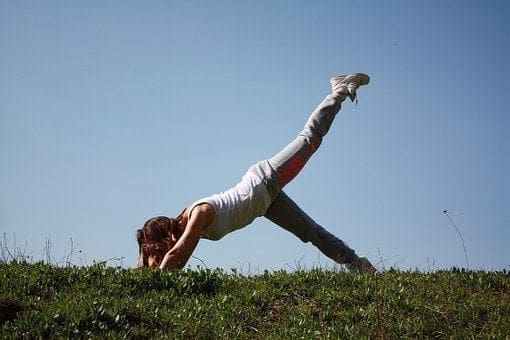
by Dr Alex Jimenez DC, APRN, FNP-BC, CFMP, IFMCP | Lower Back Pain, Physical Rehabilitation, Spine Care
Pilates for Pain
Exercise can help with back pain�you’ve probably heard that before. And Pilates tops the list of “helpful for your back” exercises.
This shows 4 Pilates moves to prevent pain. Of course, talk to your doctor before beginning an exercise plan.
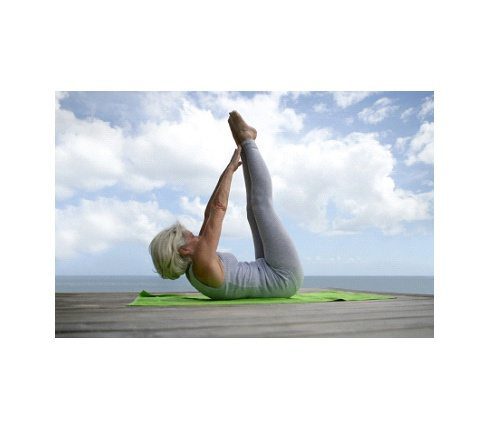
Warm-up Your Spine with this Exercise
Cat/Cow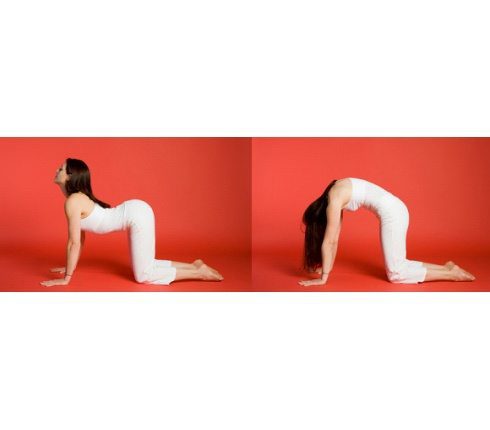
The cat/cow stretch lengthens and strengthens the muscles along your spine.
- Start on hands (shoulder-distance apart) and knees (hip-distance apart).
- Inhale and look up as you slightly arch your spine. Then exhale, engage your abdominal muscles, and draw your belly button toward your spine as you gaze at your navel. Repeat 5 to 10 times every day.
Chest Lift
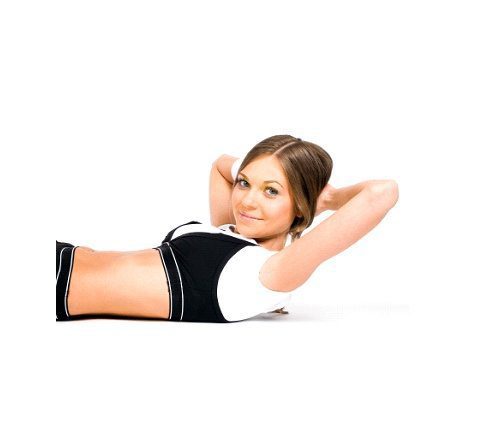
Not Your Average Sit-up
The chest lift is similar to a basic crunch. The difference? This move deeply targets your abs.
- Lie on your back with knees bent and feet flat (hip-distance apart). Bring hands behind head with fingertips touching. Elbows are wide open.
- Inhale, and then as you exhale, pull belly button toward the spine and lift the shoulders off the ground (leading with chest). Really use your abs to lift�not your neck. Inhale again as you release toward the ground. Repeat 6 to 8 times daily.
Pelvic Curl
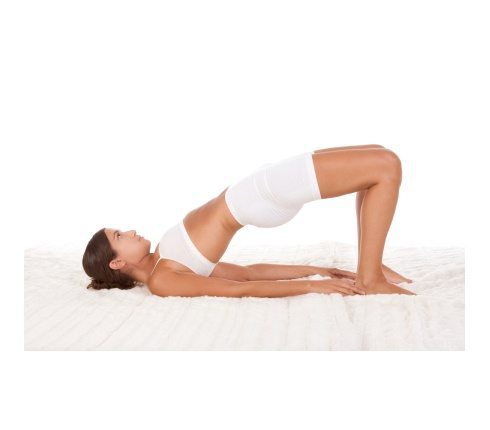
A Pose to Help Ease Low Back Pain
Doing this exercise regularly teaches you how to engage your abs to help support and lengthen the low back.
- Start by lying on your back with knees bent and feet flat (hip-distance apart).
- Arms are straight along the sides of your body and palms are touching the ground. Inhale deeply and engage your abs as you lift your hips off the floor�vertebra by vertebra.
- Exhale and roll back down very slowly, engaging core muscles. Link breath with movement. Repeat 3 to 5 times daily.
Child�s Pose
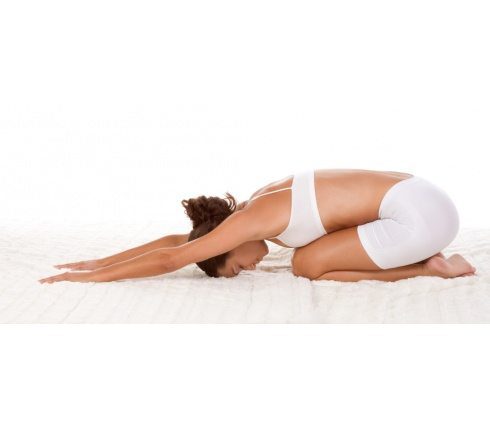
An Easy, Restorative Stretch
This move really stretches tight, sore low back muscles.
- From hands and knees, bring hips toward heels, and stretch arms in front of you so palms are touching the ground.
- Press forehead gently to the floor and do some deep belly breathing. Bring hands toward the legs to slowly sit up. Repeat 3 times daily.

Call Today!

by Dr Alex Jimenez DC, APRN, FNP-BC, CFMP, IFMCP | Natural Health, Wellness
Health advice has changed drastically during the past decade, and modern science has proven that some “truths” you’ve been told and believed all of your life are completely wrong. The bad advice comes from well-meaning parents (“Drinking coffee will stunt your growth.”) to doctors (“Drink skim milk; it’s healthier.”). Take a look at six common myths you may still believe are gospel.
Napping in the afternoon means you’re lazy. An afternoon nap isn’t just for babies and toddlers, and it certainly doesn’t mean you’re lazy. About a third of American adults enjoy a daily nap and studies show that a brief 10- to 20-minute nap can boost your alertness and creativity as well as help keep you healthy.
Just make sure you don’t nap too long. During a brief nap, you only enter the lightest stage of sleep, but during a 30- or 60-minute nap your body will enter a deep level of sleep that may leave you feeling even more tired than before.
Long naps are also bad for your health. Scientists at the University of Tokyo found that napping for 40 minutes or longer increased the risk of developing metabolic syndrome by as much as 50 percent. Short naps of less than 30 minutes, however, lowered the risk.
A Greek study presented at a meeting of the European Society of Cardiology found that those who took midday naps had lower systolic blood pressure than those who didn’t nap.
Coffee will stunt your growth. In past years, coffee was blamed for everything from heart disease and premature death to stunting growth, but it turns out that the experts didn’t know beans. Recent research shows that drinking even up to six cups a day won’t increase your risk of heart problems, cancer, or dying prematurely from any disease. In fact, a study found that Americans get more health-promoting antioxidants from coffee than anything else, because our bodies absorb antioxidants found in coffee better than those in fruits and vegetables.
Coffee has been linked to a lower risk of all of the following health issues: depression, retinal degeneration, heart failure, Alzheimer’s, heart disease, stroke, diabetes, and some cancers.
Drink skim milk, it’s healthier. Americans have been on a low-fat craze for decades, but recent research found that full-fat milk may be healthier than low-fat or no-fat milk. Tufts University conducted a 15-year study of people between the ages of 30 and 75, and found that those who ate the most full-fat dairy products had a 46 percent lower risk of diabetes. Another study, which was published in the American Journal of Clinical Nutrition found that women who ate the most high-fat dairy products were more likely to weigh less and to resist gaining weight over time than those who ate low-fat dairy products. Experts believe that when people cut down on fat, they increase their intake of high-calorie foods, such as sugar and carbs.
Eggs are bad for you. For more than 50 years, health experts advised people to limit their consumption of eggs because they believed the cholesterol in eggs raised the risk of heart disease, high blood pressure, and obesity. New studies, however, found that eggs only have a slight effect on cholesterol levels, and in fact, actually enhance brain function.
A new Finnish study, which was published in the American Journal of Clinical Nutrition, found that a diet relatively high in cholesterol, such as eating an egg every day, didn’t raise the risk of dementia or Alzheimer’s. It found no association between a high intake of dietary cholesterol and the risk of dementia or Alzheimer’s disease, even among people who carried the APOE4 gene which affects the metabolism of cholesterol and increases the risk of memory disorders. On the contrary, the consumption of eggs was associated with better results in certain tests measuring cognitive performance.
The Finnish study followed several recent studies showing that eggs don’t increase the risk of coronary heart disease, including a 2016 study published in the Journal of the American College of Nutrition which found that eating an egg a day actually reduced the risk of stroke by 12 percent.




















